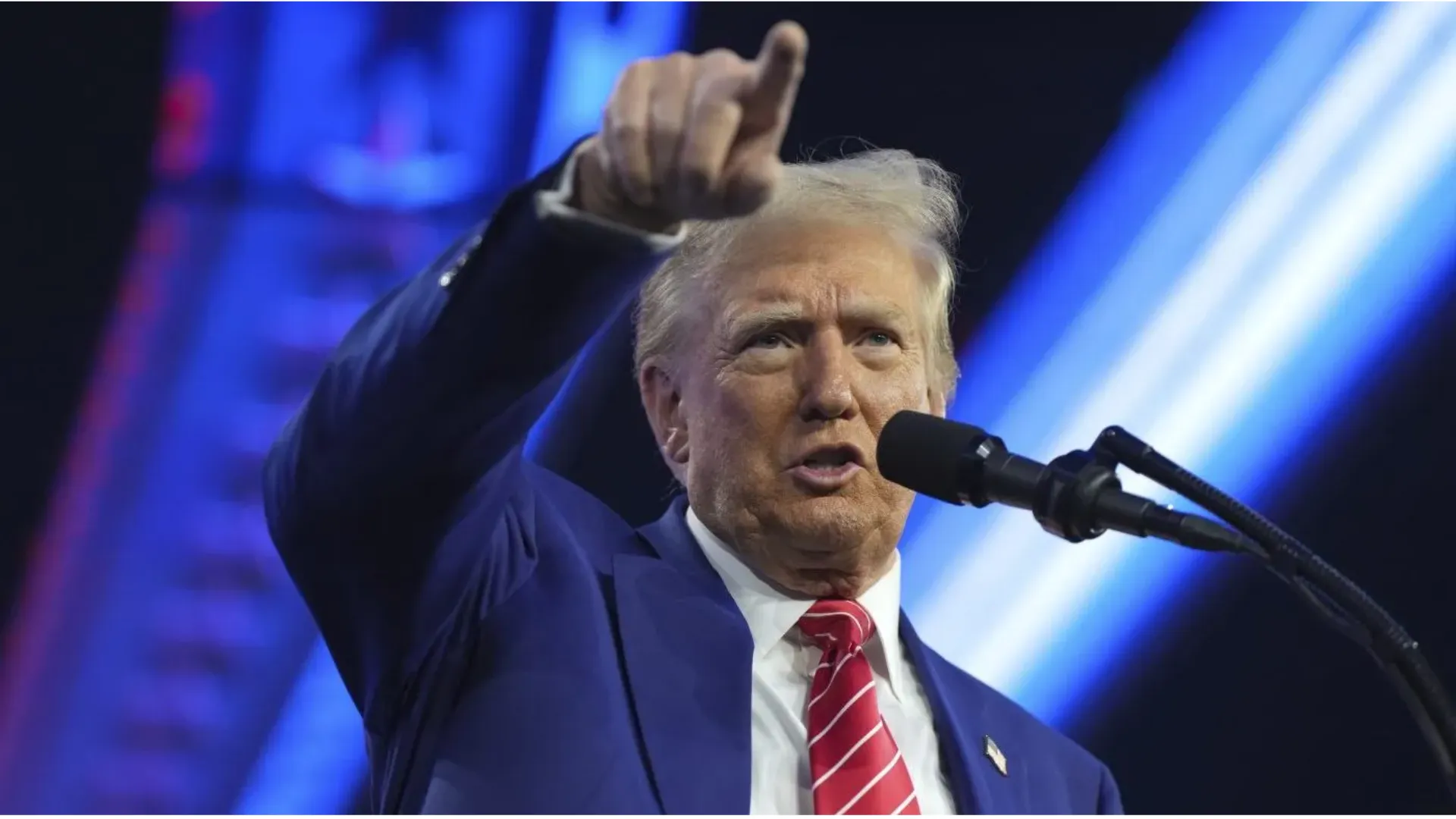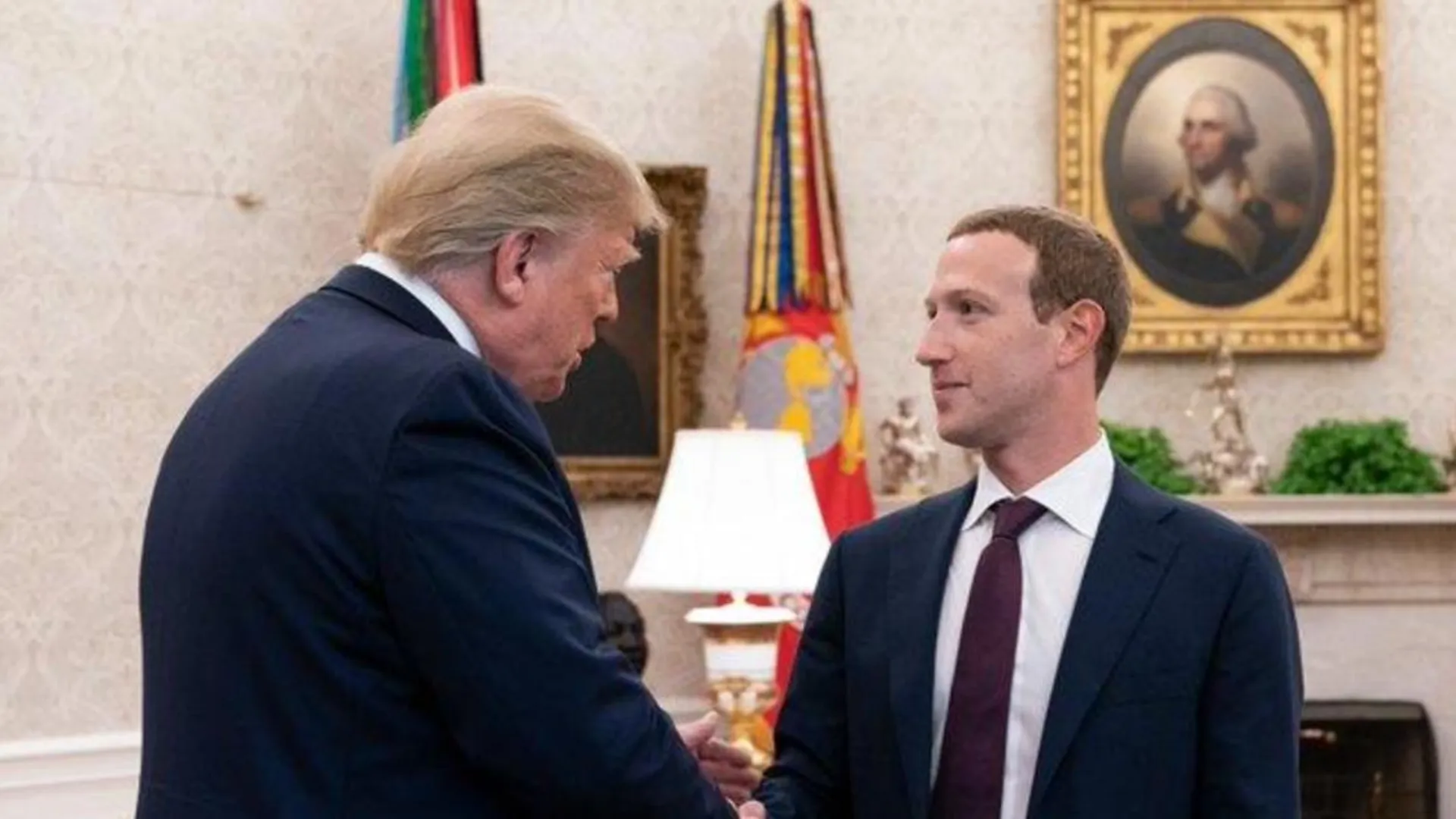
In a press briefing on Tuesday, White House press secretary Karoline Leavitt delivered a message that carried both the simplicity of a playground metaphor and the weight of global economic tension: "The ball is in China’s court."
The statement, she said, came directly from President Donald J. Trump, who remains—at least in his own view—open to resolving a trade war now entering a new and dangerous phase.
“China wants what we have,” Leavitt said from the West Wing podium, her voice crisp and calculated. “They need the American consumer. Or to put another way, they need our money.”
That statement alone could serve as the epitaph of a years-long, bitterly entrenched trade conflict between the world's two largest economies. The war, sparked during Trump's first term, cooled briefly under President Biden, and has now roared back under Trump’s return to office.
But this time, something is different. Both nations appear more dug in than ever—stubborn, bruised, and unflinching.
And with mutual tariffs now peaking at 125% and 145% respectively, the question is no longer who will blink first. It's whether either side remembers what blinking even looks like.
The tit-for-tat tariffs between the U.S. and China have reached a historic high. On Friday, China raised import duties on a range of American goods to a staggering 125%—a direct retaliation to Trump’s own hike to 145% earlier this month.
What was once a war of numbers has now become a symbolic battle of economic wills.
In Washington, Trump has framed these tariffs as both punishment and leverage.
“They take, they take, they take—and we’re supposed to say thank you?” Trump told Fox Business last week. “Not anymore. We are going to make trade fair again, even if it means pain in the short term. And believe me, we can take the pain better than they can.”
Yet for all the fire and fury, many observers note that both sides are feeling the burn.
On the ground, the economic toll is unmistakable. In America’s heartland, soybean farmers are watching once-reliable Chinese demand vanish, replaced by uncertainty and collapsing prices. John Hamlin, a third-generation farmer in Iowa, is among many caught in the political crossfire.
“We were told to be patient. That it would all pay off,” Hamlin said during a town hall in Des Moines. “But I’m watching my margins disappear and my friends go under.”
Meanwhile, in Guangdong province, a Chinese manufacturer who produces high-end kitchen appliances for U.S. brands said his plant is now operating at half-capacity.
“The new tariffs make it impossible to compete,” he told reporters on condition of anonymity. “We are losing contracts daily.”
From global supply chains to small businesses, no one is immune. In Europe, Asia, and Latin America, policymakers are bracing for ripple effects, fearing that continued U.S.–China gridlock could catalyze a new era of economic fragmentation.
Trump’s insistence that China “make the first move” aligns with his broader philosophy of negotiation, which sees strength as a one-way street.
“This is classic Trumpian dealmaking,” said Dr. Fiona Ellsworth, a trade policy expert at the Brookings Institution. “You create a high-pressure environment, raise the stakes as much as possible, and then force the other side to crawl to the table. The problem is, Xi Jinping is cut from a similar cloth.”
Indeed, while Trump has praised the Chinese president as “smart” and “strong,” the admiration hasn’t translated into diplomacy. Neither leader has spoken directly in over six months, and Chinese state media has consistently portrayed Trump’s tariffs as hostile and irrational.
“China will not negotiate with a knife to its throat,” read an editorial in The People’s Daily following the latest round of tariffs.
But the Chinese government has also avoided total escalation. It has not severed trade ties or pulled out of long-standing business partnerships. Some analysts believe this signals Beijing’s hope that Trump’s position may soften if domestic economic impacts grow too severe.
To understand Trump’s posture, one must look beyond the economics to the political landscape.
At home, Trump’s approval ratings remain resilient among his core base, many of whom support his aggressive approach to foreign policy. His message—that the U.S. has been taken advantage of for decades—resonates with voters across the Midwest and Rust Belt.
Leavitt's press briefing made clear that the administration sees no downside in doubling down.
“This president is focused on American strength,” she said. “We are not going to chase after a deal. If China wants access to the American market, they know where to find us.”
That’s a marked shift from past U.S. administrations that sought to manage China’s rise through careful engagement. Trump’s approach abandons engagement for dominance—turning economic interdependence into a pressure point.
“He’s not interested in economic cooperation as a virtue,” said Dr. Raj Mehta, a professor of international relations at Georgetown. “He sees it as a lever of control. If China suffers more than we do, then we win, even if we both lose money.”
Not so fast, say some analysts. While China's economy has slowed in recent quarters, it remains robust by global standards, and the country has accelerated trade deals with other partners—including the EU, Southeast Asia, and African nations—while reducing dependency on U.S. imports.
“In many ways, the trade war has forced China to diversify,” said Lina Xu, a Beijing-based economist. “Trump is right that the U.S. consumer is powerful. But that power has limits. Other markets exist, and China is learning how to tap into them faster than ever.”
Additionally, the trade war has galvanized China’s domestic manufacturing sector. State subsidies for key industries, like semiconductors and green tech, have increased, and the government is using Trump’s tariffs as propaganda fuel to rally nationalist sentiment.
“Xi is not under pressure to give in,” said Xu. “If anything, he is under pressure to stand firm.”
While the White House insists that it will not make the first move, some insiders hint that back-channel discussions are quietly underway. According to two sources familiar with ongoing diplomatic efforts, low-level talks have continued through intermediaries in Geneva and Singapore, though no formal negotiations have been scheduled.
“There’s still a desire, at least from the U.S. business community, to find a resolution,” said one source close to the U.S. Chamber of Commerce. “But without clear signals from the top, no one wants to stick their neck out.”
Meanwhile, investors are watching nervously. Wall Street has seen increased volatility since the latest tariff announcements, and multinational corporations are beginning to accelerate contingency plans, including relocating supply chains and freezing China-based investments.
As for a potential deal?
“I wouldn’t expect anything before the next election,” said Ellsworth. “This trade war has become part of the campaign.”
Trump’s assertion that the ball is in China’s court may reflect his worldview, but in practical terms, the court has no referees, and both players refuse to step off the sidelines.
What began as a tactical dispute over tariffs has morphed into a broader ideological battle over control, credibility, and economic nationalism. Trump may hope that China will blink first—but China, facing its own internal pressures, may be equally determined to wait him out.

In the meantime, as prices rise, trade routes shift, and global tensions simmer, consumers and producers across both countries are left asking a question their leaders seem unwilling to answer: what, exactly, is the endgame?






